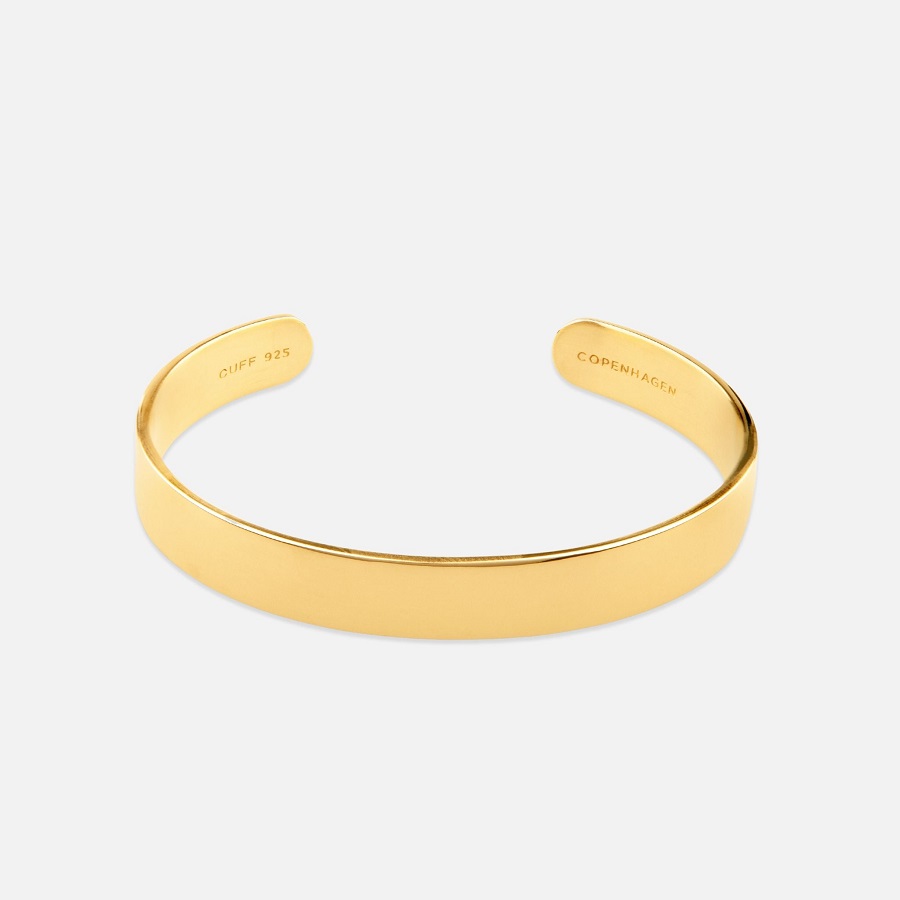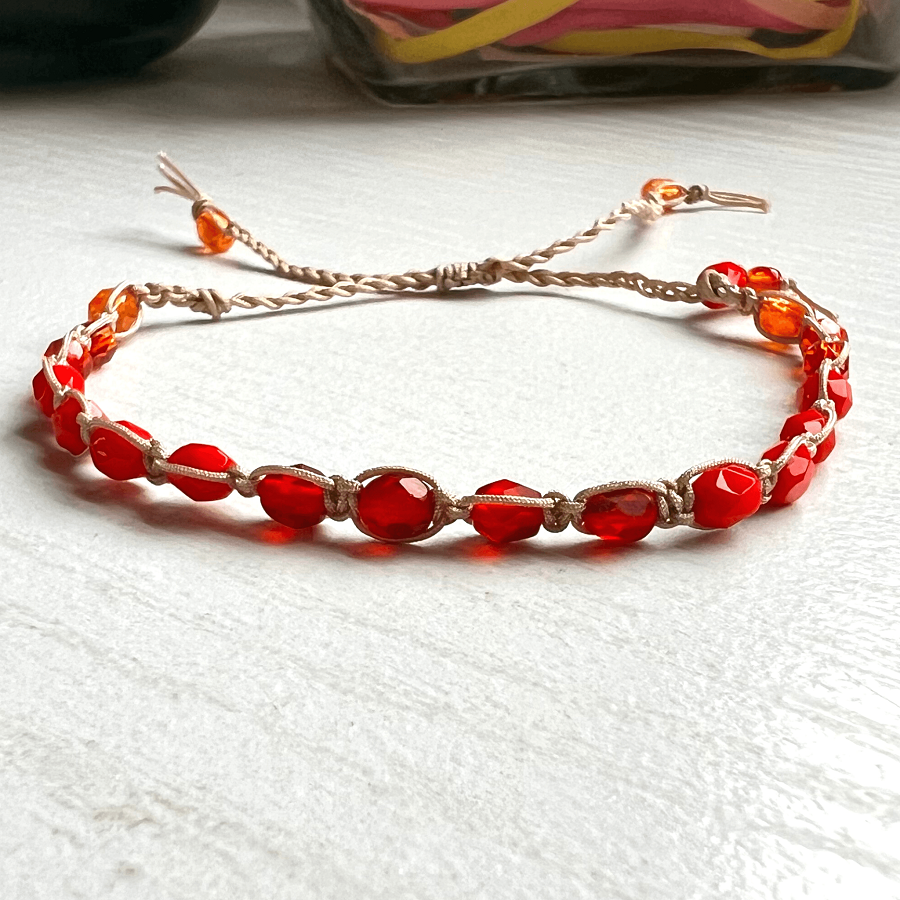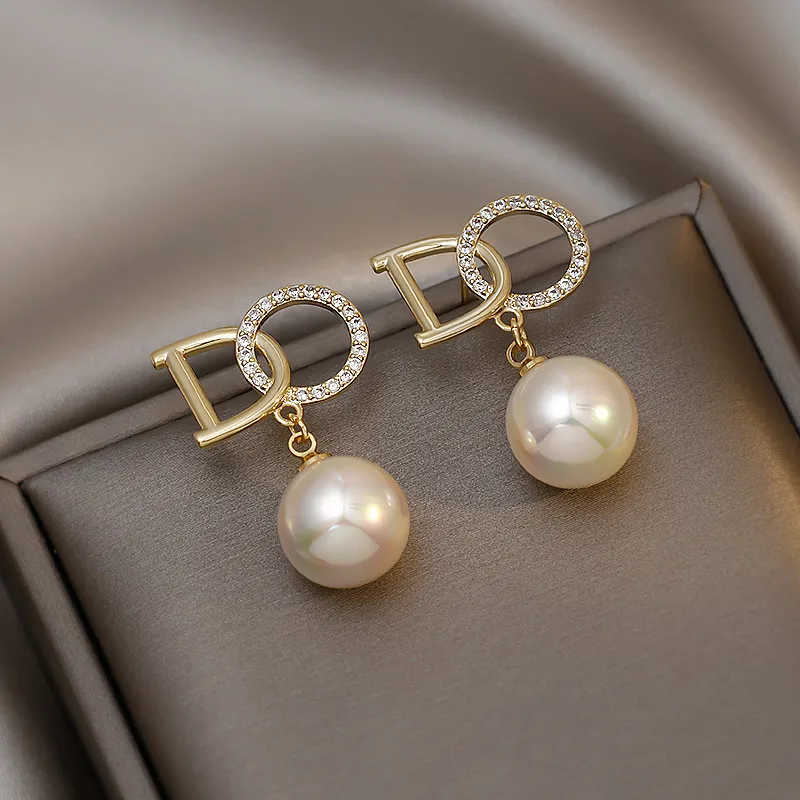Introduction
How to measure bracelet size – Choosing the perfect bracelet can enhance your style and add a personal touch to any outfit. However, one of the most critical factors in selecting the right bracelet is making sure it fits properly. An ill-fitting bracelet can be uncomfortable and may not showcase its beauty as intended. This guide will walk you through the steps to accurately measure your bracelet size, ensuring you make the best choice for your wrist.
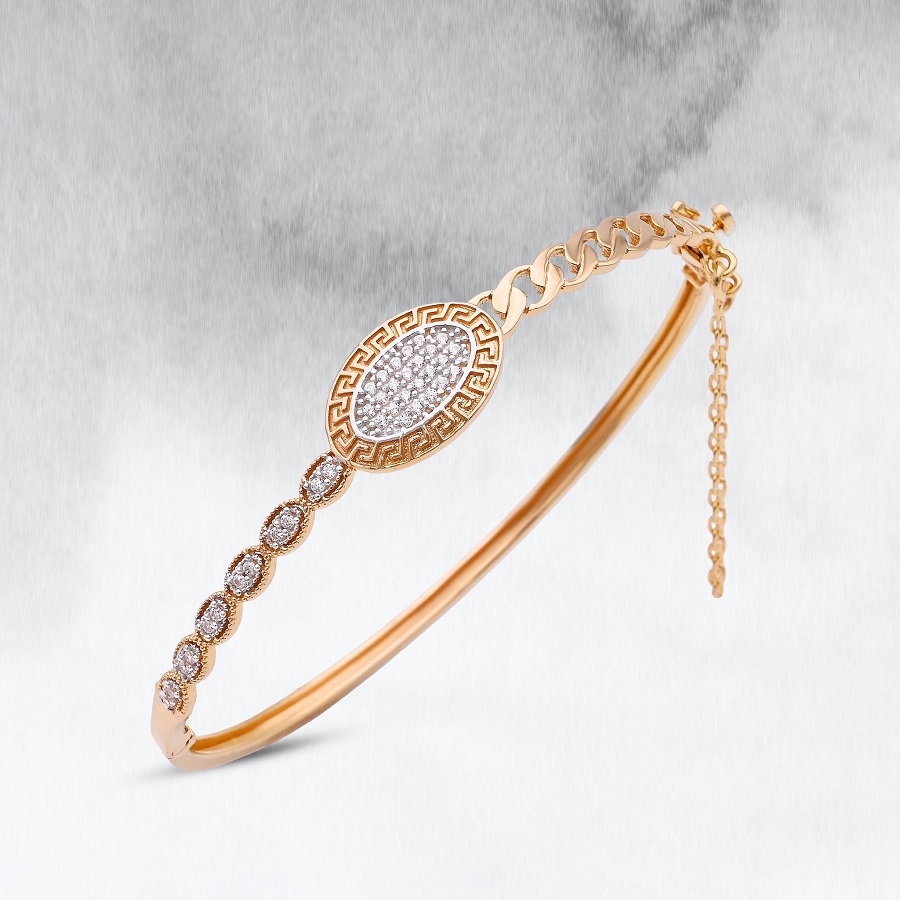
Understanding Bracelet Sizes
Before diving into the measurements, it’s essential to understand how bracelet sizing works. Bracelet sizes are typically measured in inches or centimeters, with most bracelets falling into the following categories:
- Small: 6.0 to 6.5 inches
- Medium: 6.5 to 7.5 inches
- Large: 7.5 to 8.5 inches
- Extra Large: 8.5 inches and above
Nonetheless, it’s important to note that sizes may vary between brands, so knowing your accurate measurement is crucial.
Gather Your Supplies
You’ll need a few simple tools to measure your bracelet size accurately:
- Flexible measuring tape (the kind used in sewing)
- String or ribbon (if you don’t have a measuring tape)
- Ruler or tape measure
- Pen and paper (to note down your measurements)
Prepare Your Wrist for Measurement
To get the most accurate measurement, follow these pre-measurement tips:
- Relax: Make sure your arm is relaxed. Avoid tensing or flexing your wrist, as this can lead to an inaccurate reading.
- Choose the Right Time: Measure your wrist at the end of the day when it’s at its largest. This helps account for any swelling that might occur during the day.
Measuring Your Wrist
Using a Measuring Tape
- Wrap the Measuring Tape: Take your flexible measuring tape and wrap it around the widest part of your wrist. Ensure it fits snugly but isn’t too tight. Note where the tape meets to get your measurement.
- Record the Measurement: Write down the measurement in inches or centimeters.
Using String or Ribbon
- Wrap the String: If you don’t have a measuring tape, take a string or ribbon and wrap it around your wrist, similar to the measuring tape method.
- Mark the String: Use a pen to mark the point where the string overlaps.
- Measure the String: Lay the string flat against a ruler to determine the length you just measured.
Measuring for Loose or Tight Fit
Decide if you want your bracelet to fit loose or tight:
- For a Tight Fit: Add approximately 0.5 to 0.75 inches to your wrist measurement.
- For a Loose Fit: Add 1 to 1.5 inches to your wrist measurement.
Consider Different Bracelet Styles
Different bracelet styles can fit differently. Here are some common styles and how their fit can vary:
- Bangles: Typically, these need to be larger to slide over your hand, so consider your hand’s width when measuring.
- Chains and Cuffs: These generally fit closely to the wrist; measuring accurately is crucial.
- Charm Bracelets: Keep in mind the weight and bulk of the charms, as this may affect how tightly the bracelet sits.
Cross-Reference with a Size Chart
Once you have your wrist measurement, check with the brand’s size chart for total accuracy. Most brands provide specific guidelines, enabling you to choose the right size based on your wrist measurement. This can be particularly useful when shopping online, as sizes vary between manufacturers.
Testing Your Measurement
If you’re unsure, a little testing can go a long way:
- Try on Existing Jewelry: If you own a bracelet that fits well, measure it to corroborate your wrist size.
- Use a Tape Measure: Some stores have tape measures available, so consider checking your size at a jewelry shop if you’re unsure.
Special Considerations
When measuring your wrist, consider the following unique aspects:
- Anklets: The same measurement process applies, but consider adding an extra half-inch for comfort.
- Cuff Bracelets: These generally feel better with 0.5 inches added, as they are meant to sit loosely on the wrist.
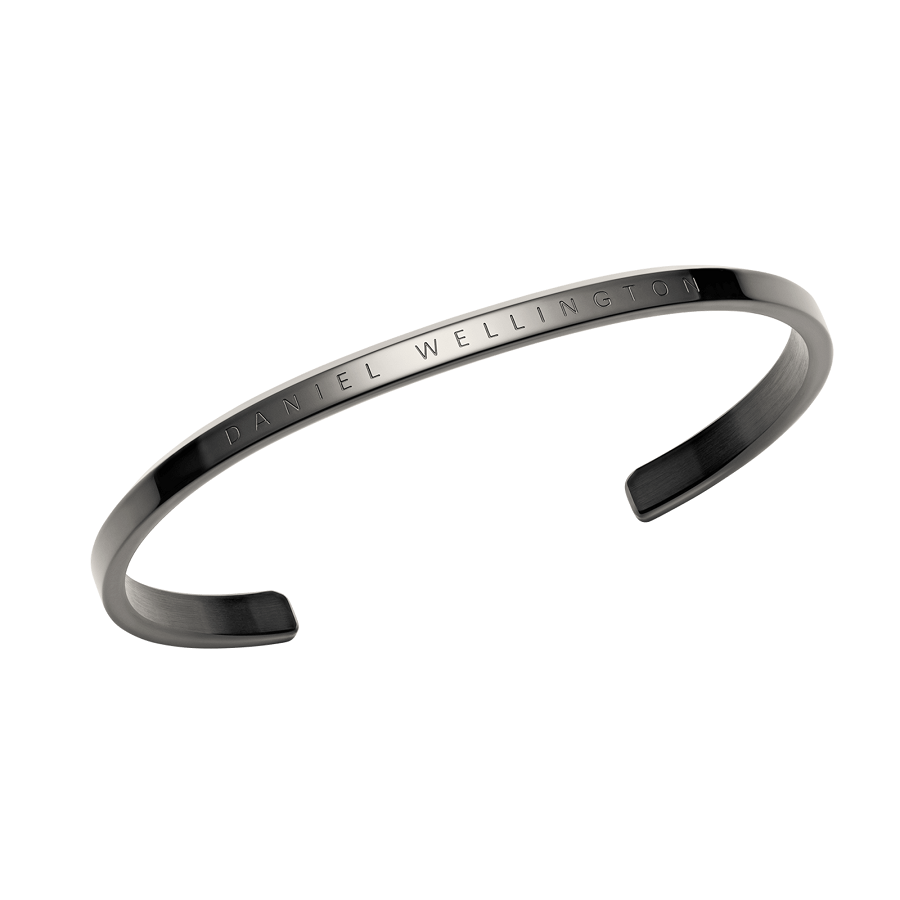
Understanding Bracelet Types
Before diving into sizing techniques, it’s important to understand that different types of bracelets have different sizing needs. Here are a few common types:
- Bangle Bracelets: These are rigid and usually slide over the hand. The size is determined by the inner diameter.
- Cuff Bracelets: Similar to bangles but with an opening, these can be adjusted slightly but should still fit snugly.
- Chain Bracelets: Flexible and adjustable, chain bracelets typically have a clasp.
- Friendship Bracelets: Often handwoven or colorful, these are usually made to fit snugly or can be adjusted by tying knots.
Measuring Your Wrist Size
Gather Your Tools
To measure your wrist for a bracelet, all you need is:
- A soft measuring tape (sewing or tailor’s tape)
- A piece of string or ribbon (if a measuring tape isn’t available)
- A ruler or straight edge (for measuring string)
- A pen and paper for notes
Measure Your Wrist
- Wrap the measuring tape around your wrist, just above the wrist bone. Ensure it’s snug but not too tight; you should be able to fit a finger beneath it. If you’re using a string or ribbon, wrap it around your wrist and mark the point where it overlaps. Measure this length against a ruler.
- Record the measurement in inches or centimeters. Ideally, you should measure your wrist in a relaxed state, as tensing can give a misleadingly smaller measurement.
Determine Your Bracelet Size
Once you have your wrist measurement, follow these general guidelines:
- For a snug fit, add 0.25 to 0.5 inches to your wrist measurement.
- For a standard fit, add 0.5 to 1 inch for comfort.
- For a looser fit, consider adding 1.5 inches for chains or styles that require more drape.
Example:
If your wrist measures 6 inches:
- Snug fit: 6.25 to 6.5 inches
- Standard fit: 6.5 to 7 inches
- Loose fit: 7.5 inches or more
Sizing for Specific Bracelet Styles
Bangle and Cuff Bracelets
For bangles and cuff bracelets, the inner diameter is crucial. You’ll want to choose a size that can fit over your hand. Many bangles come in small (6-6.5 inches), medium (7-7.5 inches), and large (8-8.5 inches) sizes.
- Bangle Sizing Tip: Measure your hand’s circumference at its widest point (your knuckles) to ensure a comfortable fit.
Chain and Adjustable Bracelets
For chain bracelets that offer clasps, sizing is more flexible. Most chain bracelets come with adjustable links for comfort.
- Chain Sizing Tip: Look for bracelets with extenders to allow for extra length when needed, making them suitable for different wrist sizes.
Choosing the Right Clasp
The clasp type can also affect how a bracelet fits. Here are a few common clasp types and their implications on sizing:
- Lobster Clasp: Offers strength and security. When measuring for this type, consider the length of the clasp when determining size.
- Toggle Clasp: Adds a decorative element but is usually bulkier. Ensure there’s enough length to accommodate the toggle when sizing.
- Magnetic Clasp: These can create a tighter feel, so consider the ease of putting it on and adjusting.
Tips for a Comfortable Fit
- Testing for Comfort: After sizing, try on the bracelet and check for comfort. It should move slightly on your wrist but not fall off.
- Adjusting for Temperature: Remember that your wrist size can change based on temperature — it may swell in heat and shrink in cold. Consider this variability when choosing your bracelet size.
- Skin Sensitivity: If you have sensitive skin, ensure that the inside of the bracelet is smooth and free of irritants to prevent discomfort.
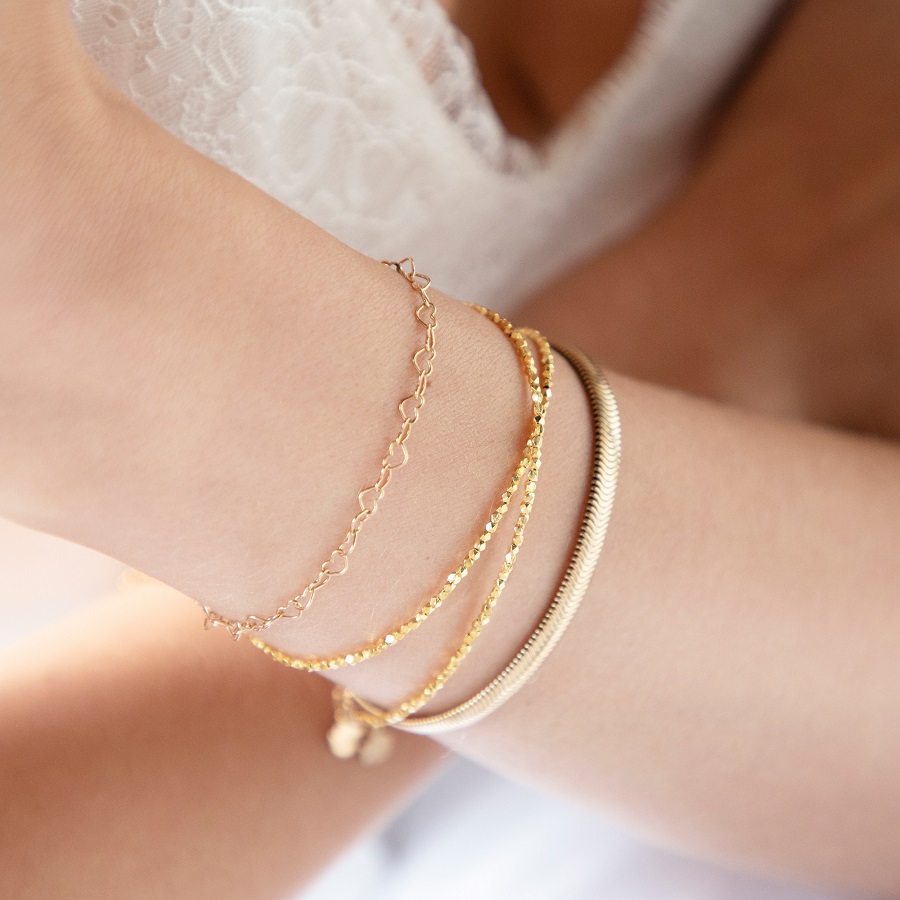
Concluding Thoughts
Accurately measuring your bracelet size is essential for finding a piece that complements your style while providing comfort. By following this step-by-step guide, you’ll have the confidence to choose a bracelet that fits perfectly. Whether you’re shopping for yourself or looking for a gift, knowing your size will save time and ensure a great fit.
Now, armed with your knowledge and measurements, go ahead and choose that stunning bracelet that calls out to you! Happy bracelet hunting!
